


Ball’s Falls Loop
View PhotosBall’s Falls Loop
Difficulty Rating:
The Ball’s Falls Loop is one of the most popular day-hikes in the Niagara Region due to its compatibility for hikers of all skill levels and fascinating historical buildings. The trail unfolds on the scenic Niagara Escarpment and takes hikers through a rich natural landscape, including waterfalls and the Twenty Mile Creek. Hikers can explore relics of the old milling operations that once thrived here, orchestrated by the prominent “Balls” family that settled the area. A fascinating 19thcentury village is available for hikers to explore, home to the Ball family home, a small church, various mills, a blacksmith shop and more!
Getting there
To get to the Ball’s Falls Loop trailhead from Niagara Falls, take the QEW eastbound towards Toronto and continue until you reach exit 57 towards Victoria Ave/Regional Rd 24. Turn left onto N Service Rd, followed by another left onto Victoria Ave/Regional Rd 24. Follow Victoria Ave for 3.7mi and then turn left on Sixth Ave. Follow signs for Ball’s Falls Conservation area, taking two more right turns before reaching the parking lot.
About
| When to do | April-October |
| Backcountry Campsites | No |
| Pets allowed | Yes - On Leash |
| Family friendly | Yes |
| Route Signage | Average |
| Crowd Levels | High |
| Route Type | Circuit |
Ball’s Falls Loop
Elevation Graph
Weather
Ball’s Falls Loop Description
The Ball’s Falls Loop is an easily accessible trail that accommodates hikers of all skill levels and is family-friendly. The 1.2mi hike that unfolds within the Ball’s Falls Conservation Area offers wide, clearly marked trails. Minimal elevation changes make it a suitable hike for families with young children on foot. The route is highly trafficked on the weekends but quieter during the week, especially weekday mornings. An entrance fee of $8 per adult is charged upon arrival at the conservation center office, right beside the parking lot, and includes parking and access to the Ball’s Fall Center for Conservation.
The hike provides an excellent opportunity to soak up the beauty of the Niagara Escarpment and provides a fascinating dose of history too! The Twenty Mile Creek that plunges over the Niagara Escarpment in the form of waterfalls tends to dry up by early to mid-summer, so for those looking to enjoy the falls at their peak, a visit in early spring to early summer is best. However, when the falls are dry, there are a few opportunities to detour from the trail and scramble along the flat rocks where water flows during the wet season.
The Ball’s Falls Loop incorporates a number of smaller trails easily navigable by the signage posted throughout the conservation area. A short 600m trail known as the Switchback Trail will lead you down a small hill towards the Village Trail (Lower Falls) from the parking lot.
The Village Trail is an excellent introduction to the area and allows hikers to explore the ghost-town once known as “Glen Elgin,” where the prominent Balls family settled in the 1800s and built their thriving grist, saw and wool mill operations. Following the paved path, this 0.6mi trail travels throughout the settlement’s historic buildings, including the Balls family home, a blacksmith, a charming small church and various sheds and shacks containing archaic mill equipment. The path then leads to a spectacular lookout point over the lower falls 89ft, where you’ll find bulletin boards with in-depth information on the Balls family and their historical settlement.
Continue the trail, crossing 6th Avenue and follow the bridge over the Twenty Mile Creek to the Cataract Trail (Upper Falls). The Cataract Trail introduces you to the upper falls 36ft, leading you through scenic forest and alongside more fascinating relics of the past.
From the west side of the bridge (Over the Twenty Mile Creek), you’ll hike a mild incline toward the upper falls. Early on the trail, you’ll discover ancient ruins of an old woollen mill nestled deep in the forest. Continuing the path, you’ll follow alongside the creek, hiking uphill towards the upper falls. The trail comes to an end, and on your left, you’ll see a small stone wall that serves as a lookout point over the upper falls. In spring, and sometimes even early summer, the falls are a steady flow of powerful rushing water and best observed from behind the stone wall. However, by late summer, often only a trickle remains, and many hikers opt to climb over the small stone wall to explore and scramble the flat rocks of the waterfall. Although this is an excellent option for hikers wishing to make this hike more challenging, great caution should be taken if embarking on this detour, as rocks are often slippery.
Continuing the trail back out, you’ll catch a glance of a second trail on your right that branches off down towards the creek leading to the base of the upper falls. There are several large rocks to post up on here and enjoy the falls from a different perspective down below. This detour to the falls base is only suitable for hikers without young children and those wearing proper hiking shoes, as the trail is often nothing more than rocks jutting up from the creek. Return from the base of the falls on the same path that led you down, back to the Cataract Trail.
Hiking Route Highlights
Upper and Lower Ball’s Falls
The trail grants hikers access to two waterfalls, the upper falls which are 36ft tall, and the lower falls, which are 89ft tall. The falls occur as a result of water flow from the Twenty Mile Creek plunging over the Niagara Escarpment. The most vigorous water flow is present in spring to early summer and is generally reduced to a trickle by mid-summer.
The falls played an integral role in the operation of the commercial mills that were built here by the Balls family during the 19th century. In 1809, the Balls family constructed a 4-floor grist mill set up to grind flour for local farmers. In the 1840s, an expansion occurred to include a woollen mill at the upper falls, and the Twenty Mile Creek was dammed above the falls to power the mill. The mill still houses the gigantic water wheel that pedalled the water from the falls, generating power.
Ancient Woolen Mill Ruins
Stone ruins of the ancient woolen mill powered by the upper falls and built by the Balls family are found on the “out” portion of the Cataract Trail when heading up towards the upper falls. An archaic stone arch sprouts up out of the foliage and is navigable on foot by walking down the path that follows underneath the arch. Beneath the arch is a great spot for a photo!
Glen Elgin Village
A historic experience awaits hikers at the site of this 19th century village that was settled by the Balls family in 1809. Glen Elgin began with the construction of a gristmill and grew into a bustling industrial center of the Niagara region by 1840. The village expanded due to the success of the mill operations and came to house several family dwellings, a blacksmith, a barrel maker, lime kilns and many other town buildings.
The site of the village has been well-preserved, and hikers can enjoy walking among the fascinating remnants of the once thriving industrial village.
Frequently Asked Questions
Can you swim in Ball’s Falls?
No, swimming is not permitted at either of the falls (upper or lower).
What is there to do at Ball’s Falls?
Located a stone throw away from Niagara’s famous wine region, many people enjoy a visit to a local winery in combination with this hike. There are a myriad of scenic wineries all within a few kilometres of the conservation area.
Is admission free for children?
Admission is free for children five and under. Adults admission is $8 and students and seniors $6. Admissions covers parking as well as access to all trails as well as the Ball’s Falls Conservation Center.
Insider Hints
Washroom facilities are available within the Ball’s Falls Conservation Center building
Dogs are allowed on the trail but must be leashed.
Make sure to find a safe spot for the parking token you’ll receive when you pay your entrance fee upon arrival, it will be your ticket out for the automated parking machines at the exit.
Similar hikes to the Ball’s Falls Loop hike
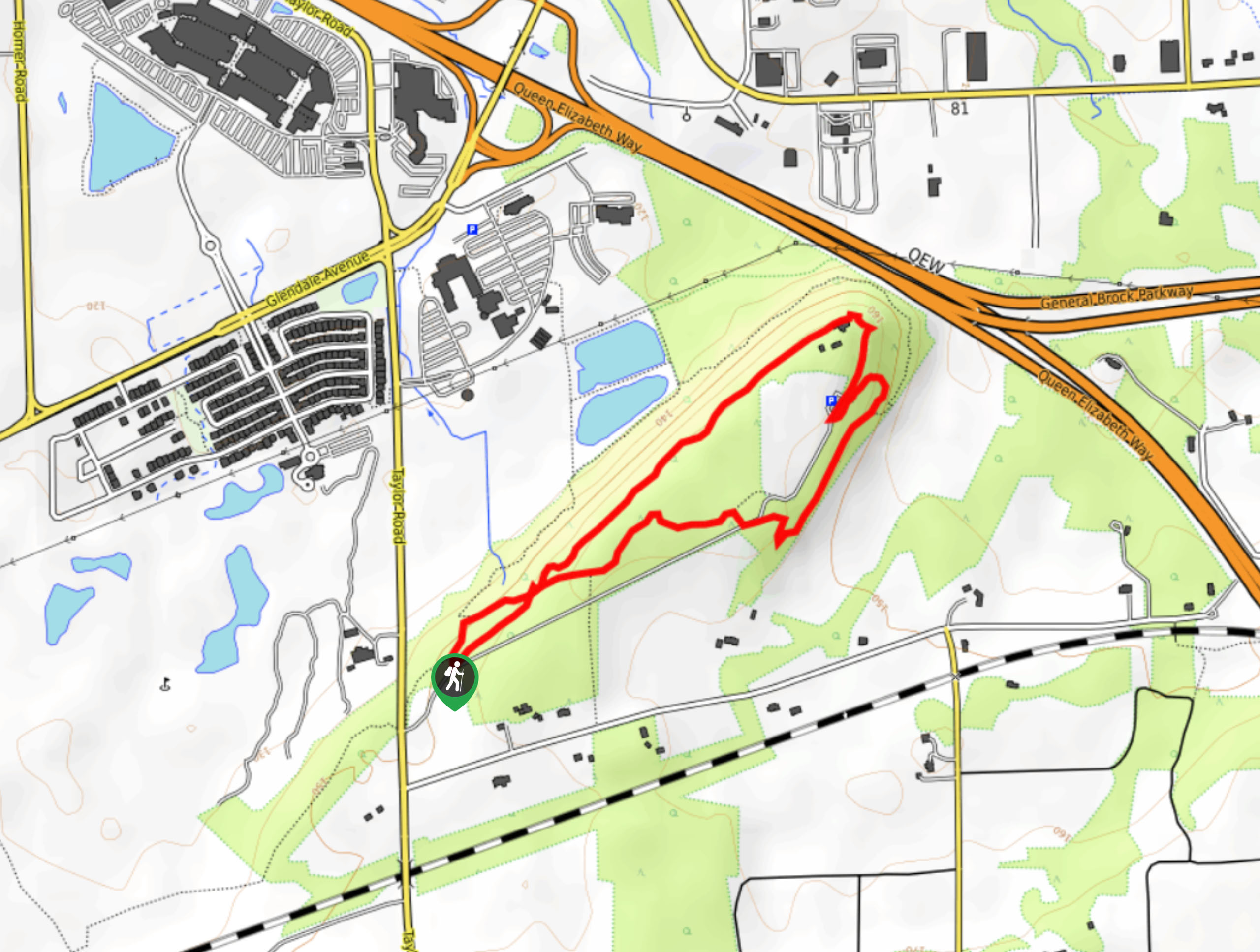
Woodend Conservation Area Loop Hike
The Woodend Conservation Area Loop is a family-friendly hiking route in the Niagara region that will lead you through a…

Scarlet Tanager to Hemlock Valley Hike
The Scarlet Tanager to Hemlock Valley Hike is a moderate length route near St. Catherines that will lead you through…

Mount Nemo Loop Hike
The Mount Nemo Loop is an awesome adventure just outside of Burlington that will allow you to explore some of…
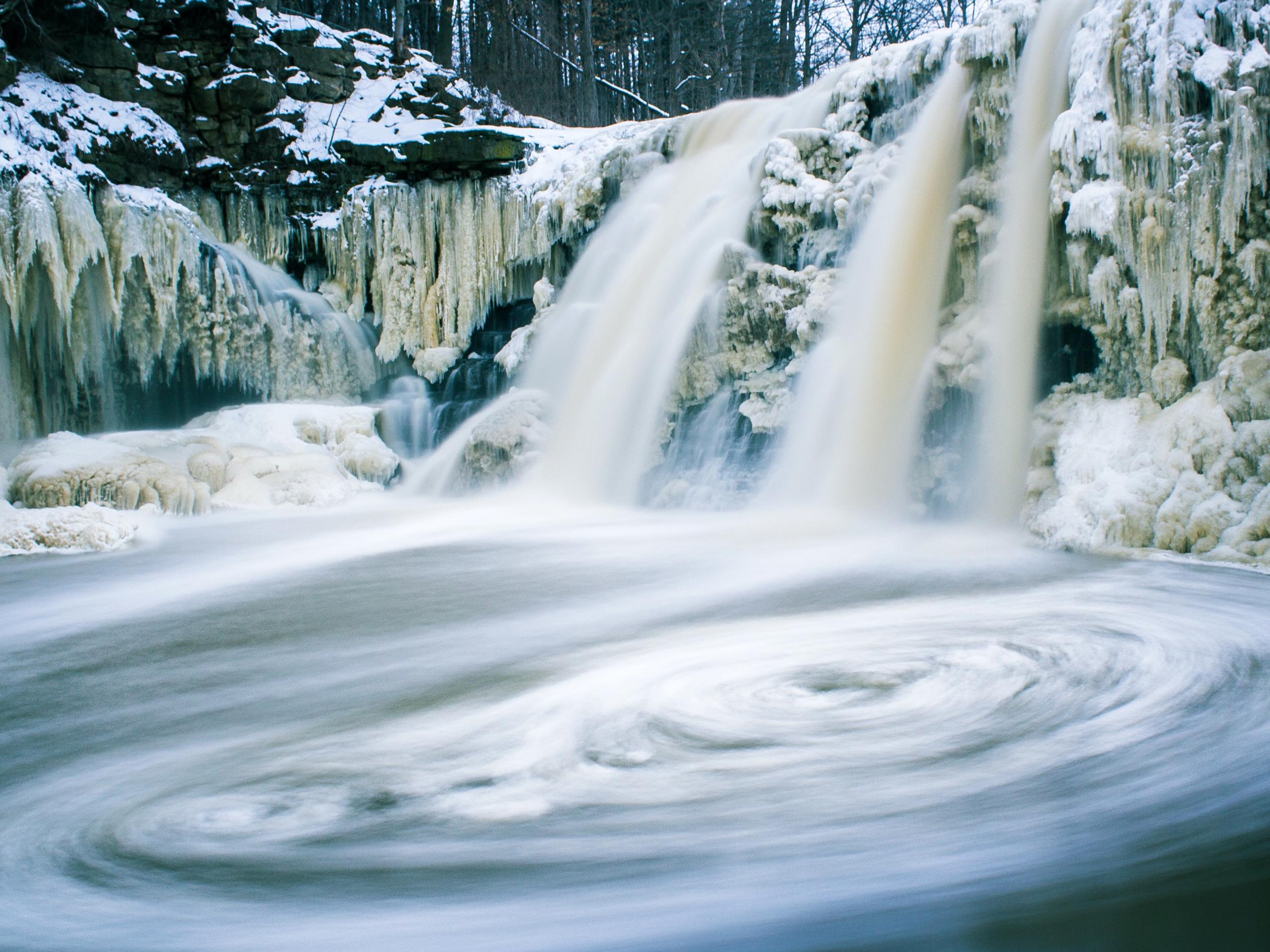
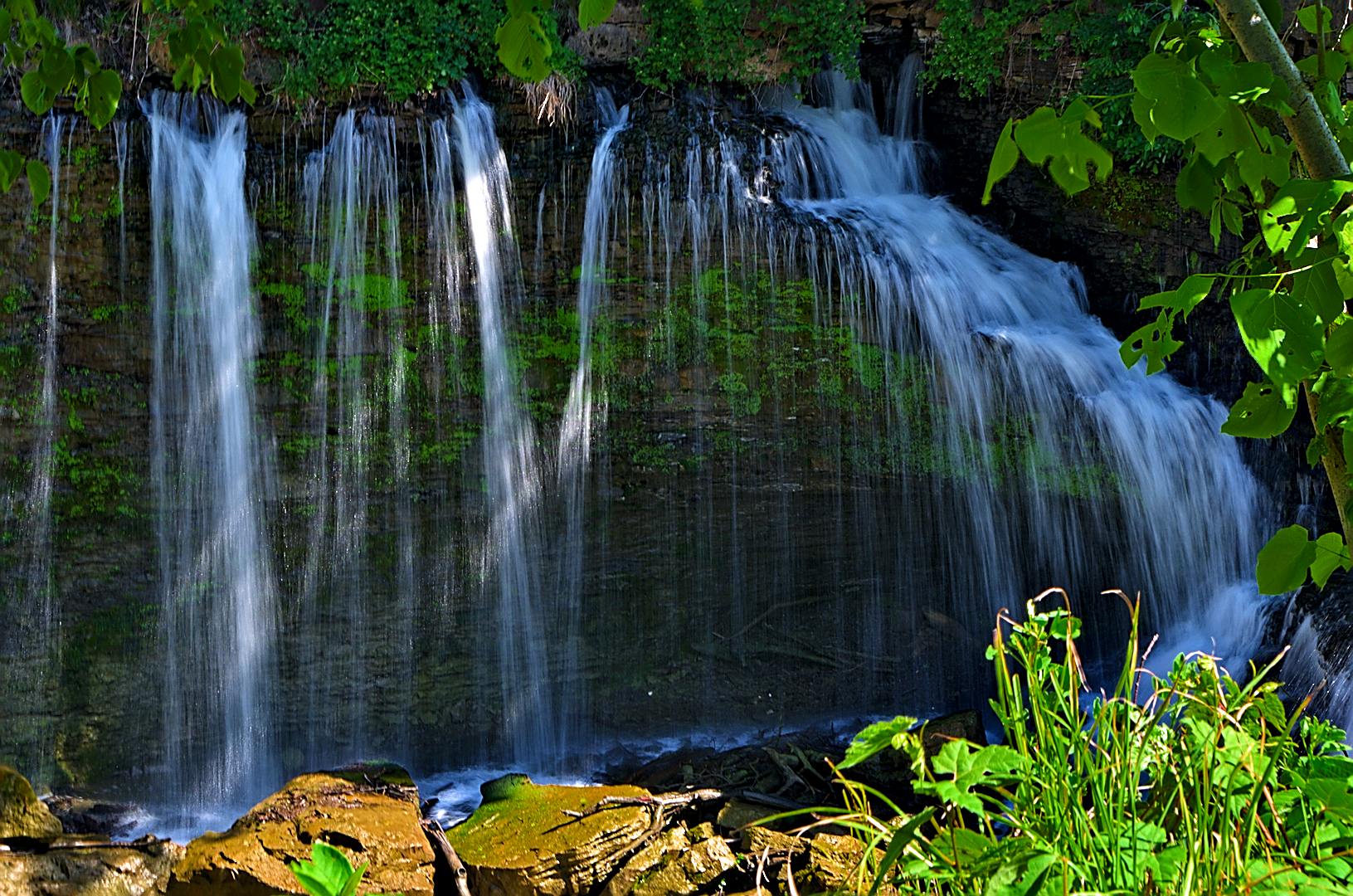
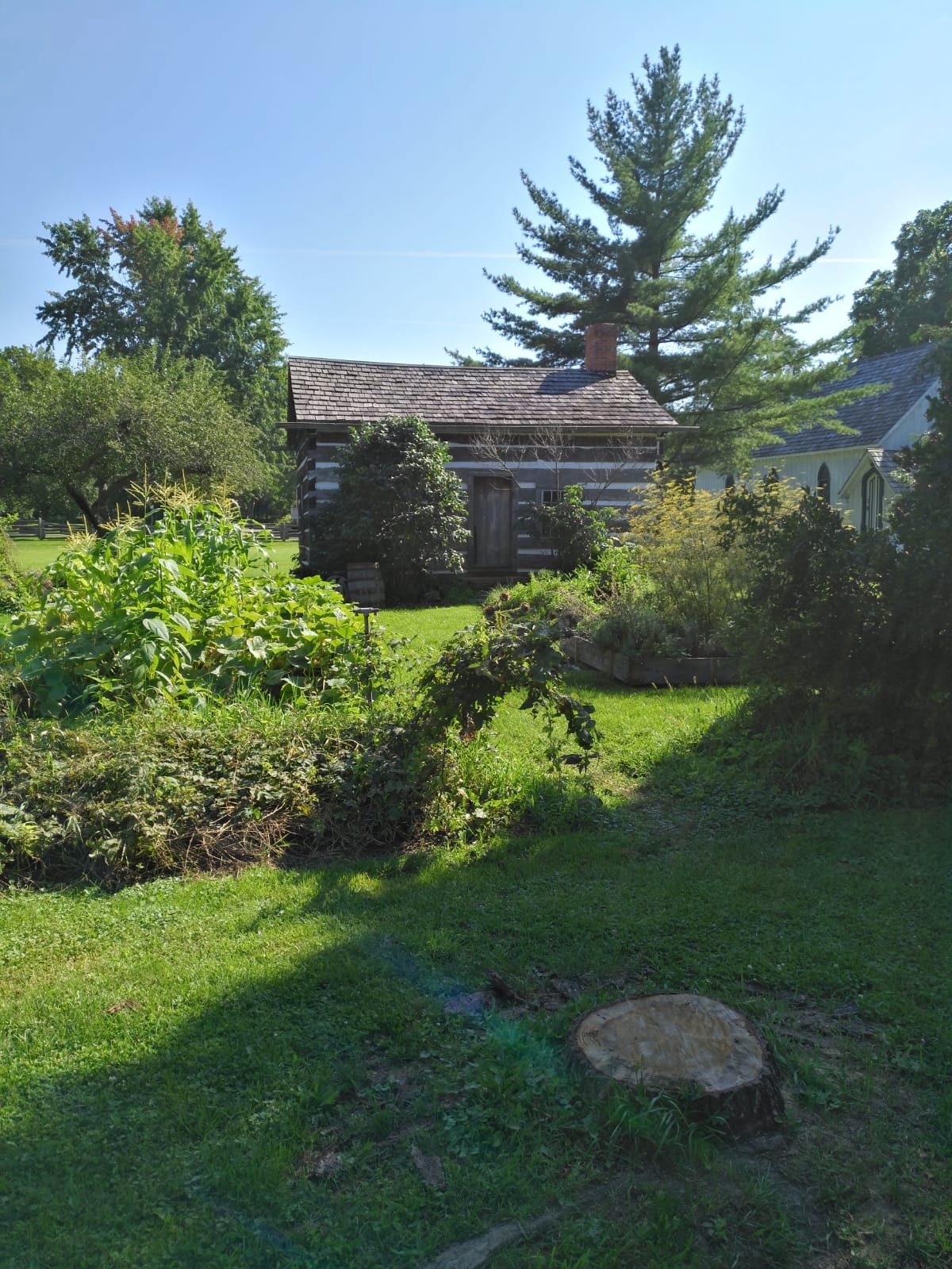
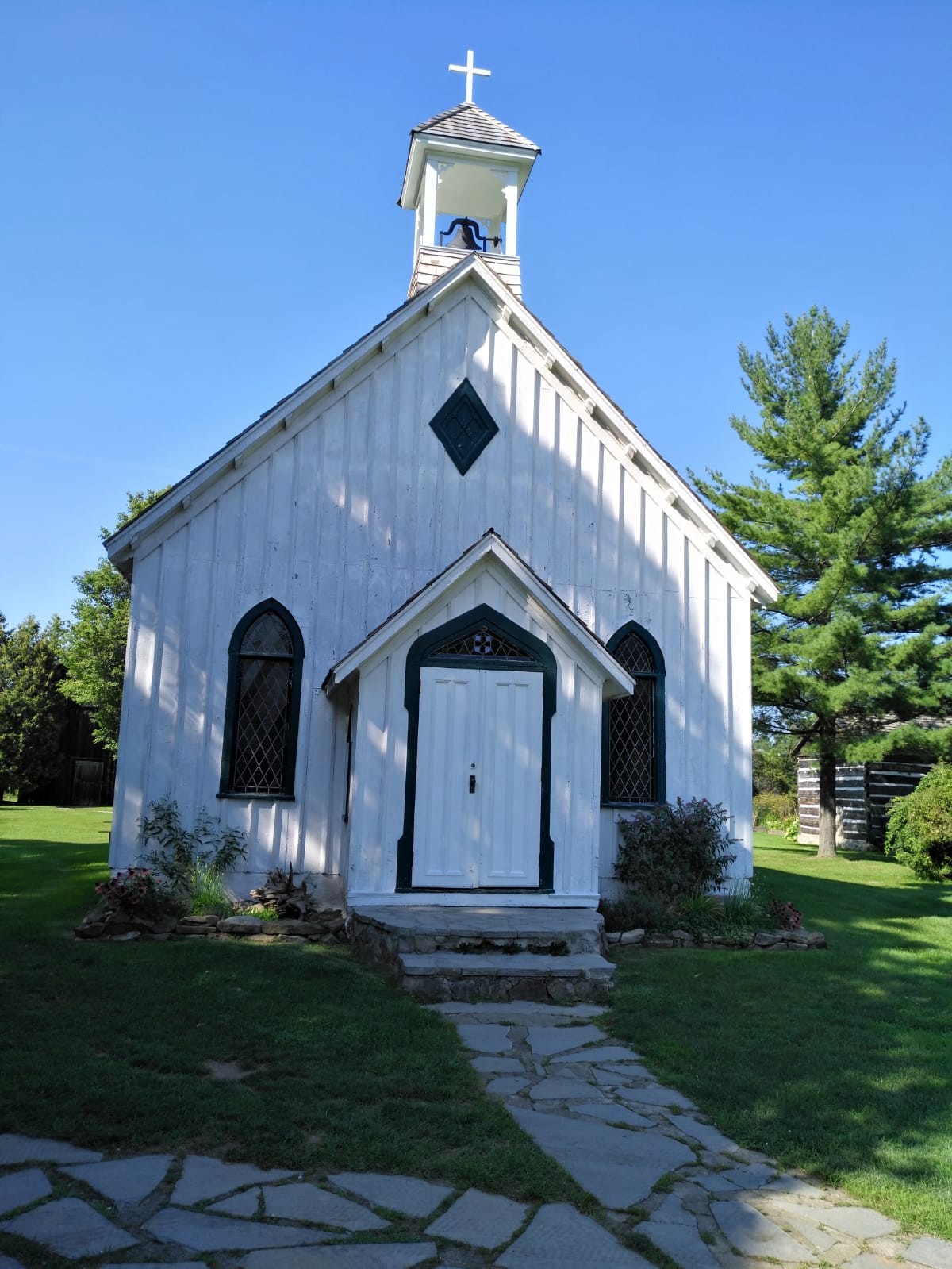


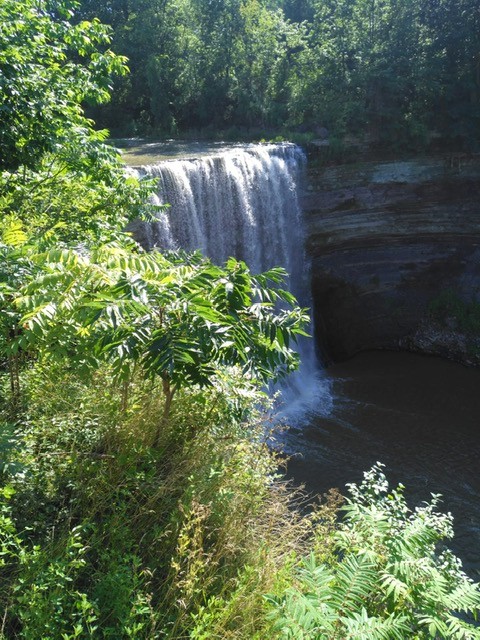
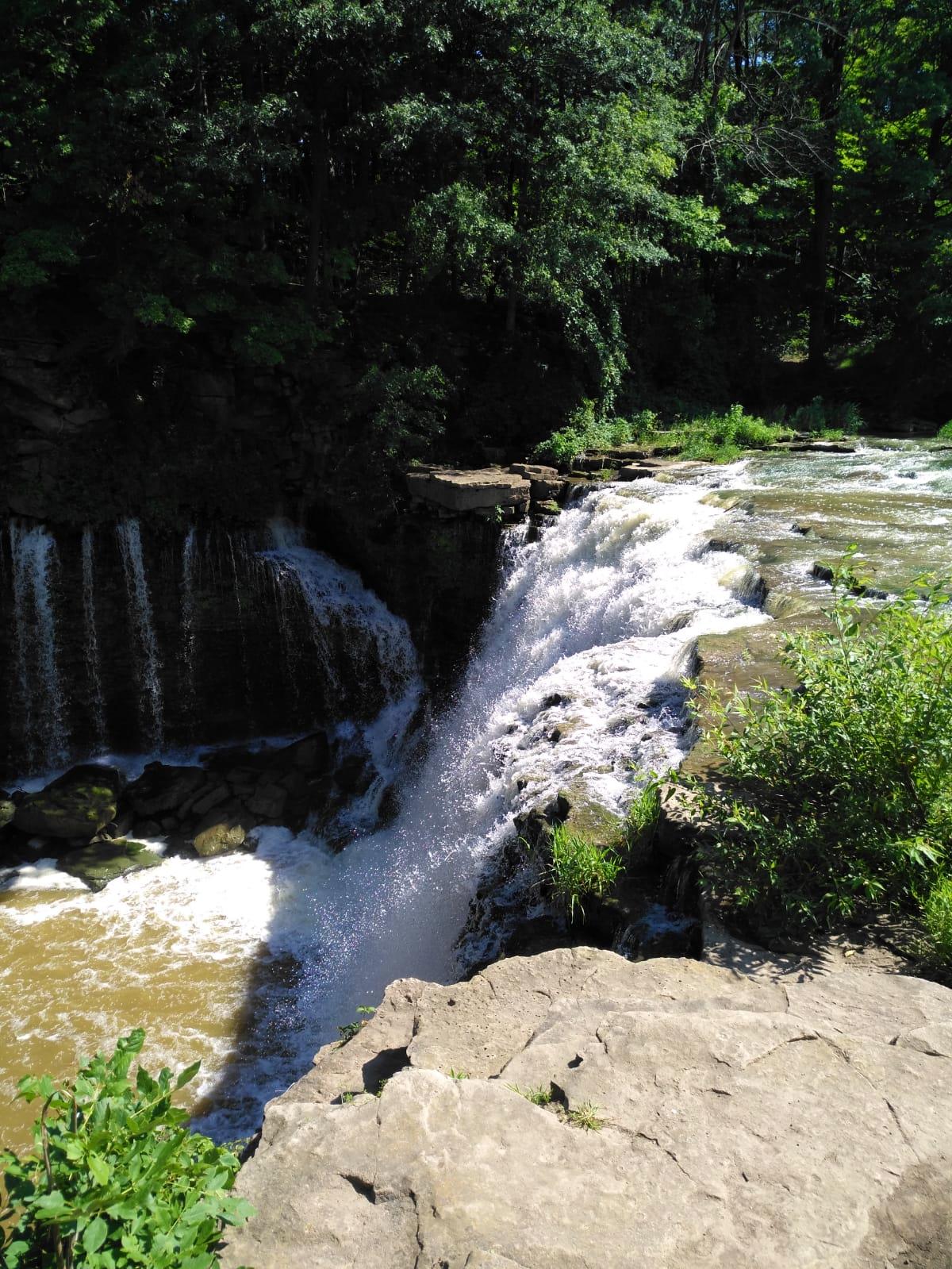


Comments